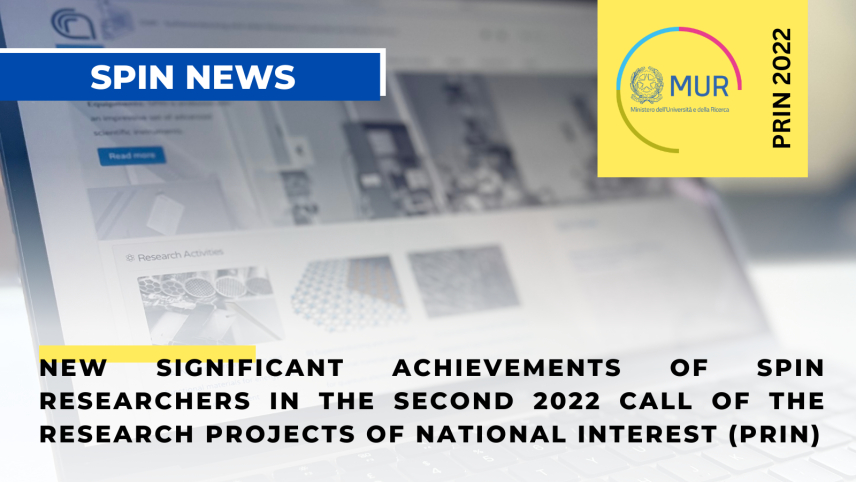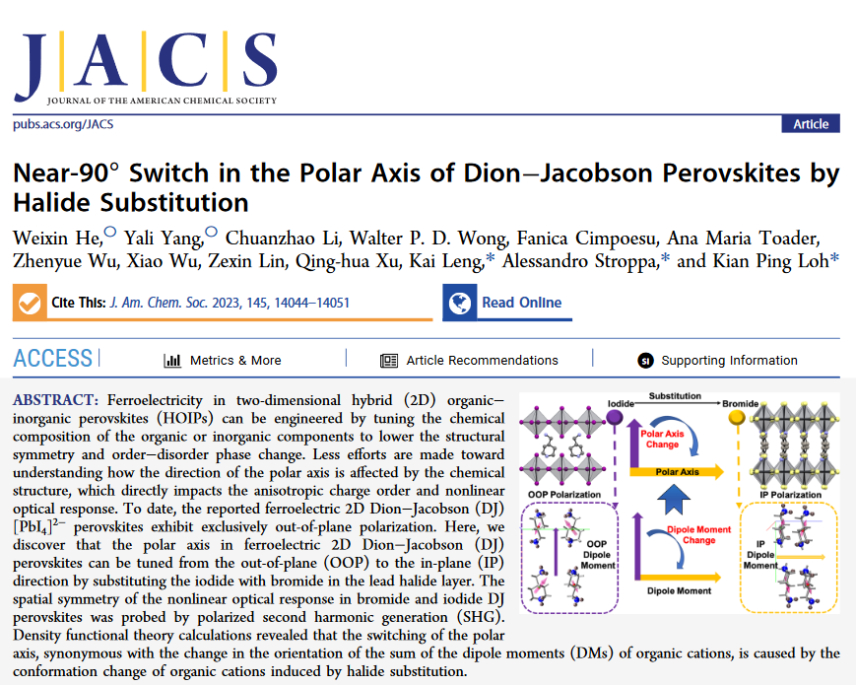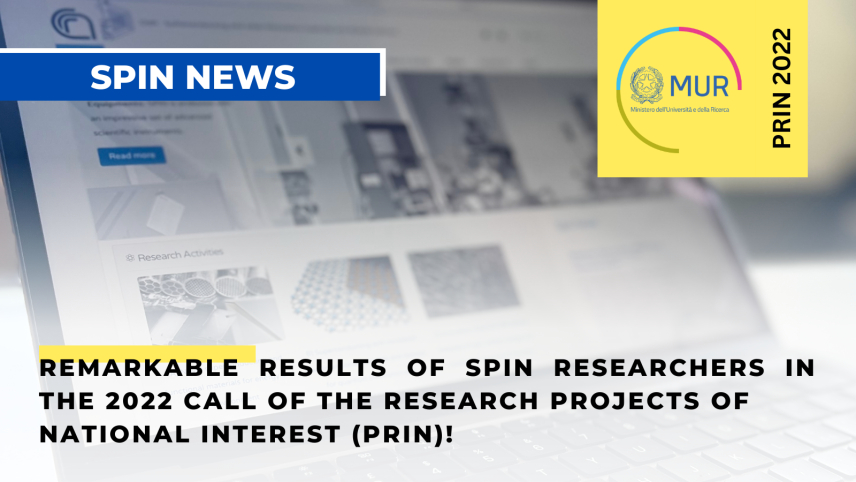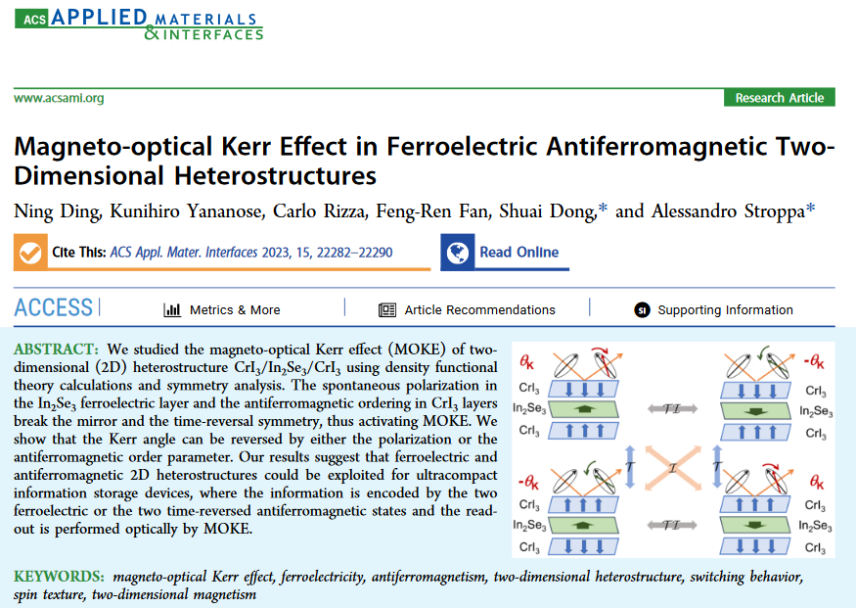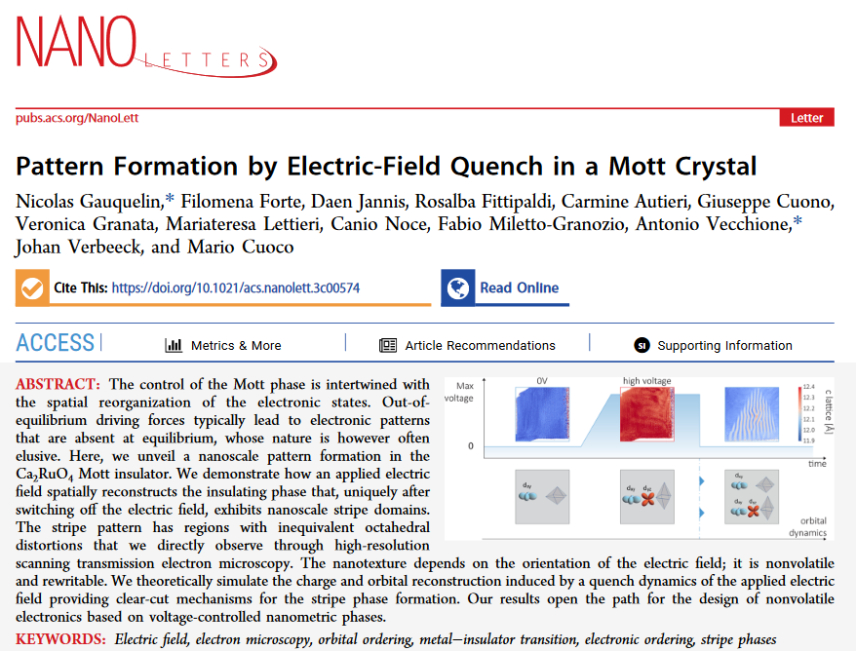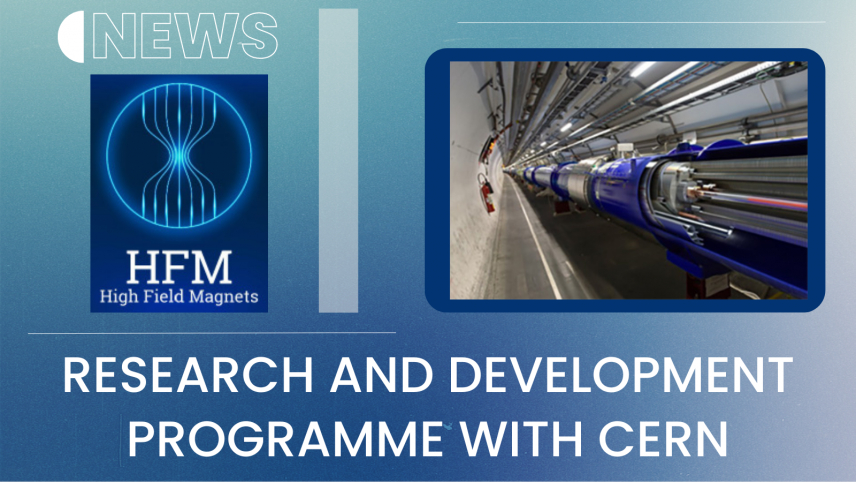An international team, including researchers from CNR-SPIN, Seoul National University, The University of Hong Kong, University of L’Aquila, Southeast University studied the magneto-optical properties of multiferroic heterostructure. As reported in ACS Applied Materials & Interfaces (ACS Appl. Mater. Interfaces 2023, 15, 18, 22282-22290; https://doi.org/10.1021/acsami.3c02680), have shown an unusual magneto-optical Kerr effect (a phenomenon where the reflected light shows a polarization change upon reflection from a structure) in a antiferromagnetic and polar heterostructure, namely CrI3/In2Se3/CrI3.


